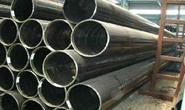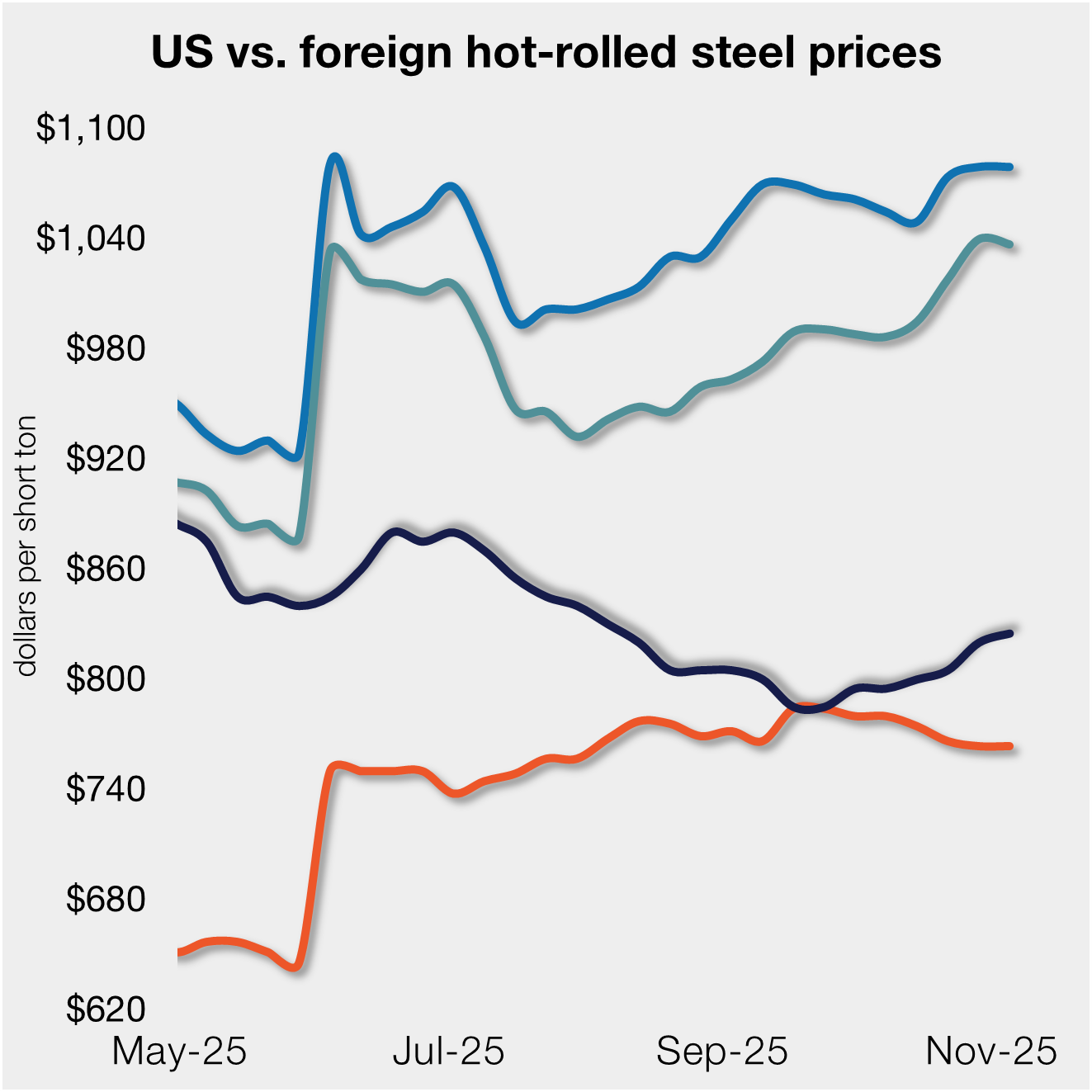Prices

July 8, 2014
OCTG Final Determination Due at End of Week
Written by John Packard
Many within the steel industry are looking toward Washington, D.C. to right was has been perceived as a wrong committed by South Korea against the OCTG manufacturers and supporting domestic steel mills. According to the US Department of Commerce website, the final determination is supposed to be announced on Thursday of this week so we should have a final answer by no later than Friday on what will become of the OCTG dumping suit (oil country tubular goods).
OCTG is used in the energy markets (oil & gas) and about 50 percent of the product is manufactured out of hot rolled coil with the balance being seamless which is produced from billets.
When looking at the import data, it is quite clear that the South Koreans are the largest supplier of OCTG into the United States even with the dumping suit filed against them. The Koreans have increased the number of tons exported to the U.S. with May exceeding 200,000 net tons. June exports, based on license data are expected to be about 150,000 net tons and license data for July already suggests another big month for South Korean OCTG exports to the USA.
![]() Metals and Mining analyst Anthony Rizzuto, Jr. of Cowen & Company expressed an opinion held by many within the industry. Mr. Rizzuto advised his clients this morning that the OCTG final determination could well be a “game changer” for the OCTG and steel industries. “Our scenario analysis suggests that this decision will have a material impact on the domestic OCTG market and a ripple effect on the domestic steel industry. We examined the following scenarios for the final determination: prohibitive duties, not prohibitive duties, and no duties. In the most bullish scenario, we expect prohibitive duties would tighten the domestic OCTG market, provide incremental demand to the flat rolled market, and potentially result in an acceleration in filing further trade cases. In the most bearish scenario, we expect no duties would allow imports to remain at current elevated levels, continue to pressure pricing, drive further closures of OCTG facilities, and delay planned OCTG capacity expansions.”
Metals and Mining analyst Anthony Rizzuto, Jr. of Cowen & Company expressed an opinion held by many within the industry. Mr. Rizzuto advised his clients this morning that the OCTG final determination could well be a “game changer” for the OCTG and steel industries. “Our scenario analysis suggests that this decision will have a material impact on the domestic OCTG market and a ripple effect on the domestic steel industry. We examined the following scenarios for the final determination: prohibitive duties, not prohibitive duties, and no duties. In the most bullish scenario, we expect prohibitive duties would tighten the domestic OCTG market, provide incremental demand to the flat rolled market, and potentially result in an acceleration in filing further trade cases. In the most bearish scenario, we expect no duties would allow imports to remain at current elevated levels, continue to pressure pricing, drive further closures of OCTG facilities, and delay planned OCTG capacity expansions.”
There has been a concerted effort on behalf of the steel mills, steel unions and politicians across the country to beat the drum against the South Korean exports of oil country tubular goods. You can scarcely read a newspaper or blog post on the internet without coming across an article complaining about foreign steel and, particularly, foreign OCTG damaging the country.
Many in the industry are optimistic that the lobbying and politicking will be successful in this case. If successful, the steel industry then anticipates that the next group of filings would be brought against Chinese cold rolled as well as Taiwan, India and Chinese galvanized and Galvalume steels.
What does “success” mean in this specific case? According to a note to her clients, Metals and Mining Analyst Timna Tanners of Bank of America Merrill Lynch said, “We believe a meaningful hit to imported OCTG would require a tariff of at least 20-25%, using a recent average $300-400/t premium price for domestic pipe relative to the delivered price from overseas. Duties could be made retroactive as well, although importers have been cognizant of this. While it is generally not common for these decisions to change dramatically from the preliminary to the final decision, it can happen. In the initial ruling duties assigned mills were: Korea (0%), India (0-55.29%), Philippines (8.9%), Saudi Arabia (2.92%), Taiwan (0-2.65%), Thailand (118.32%), Turkey (0-4.87%), Ukraine (5.31%), and Vietnam (9.57-111.47%).”
So, all eyes are on Washington, DC as we wait to see if the US Department of Commerce will indeed go against the preliminary ruling of zero duties against the Koreans and recognize the surge of Korean OCTG over the past few months and recognize the stalling tactics used by the Koreans by hitting the Koreans with prohibitive dumping duties.
A positive outcome in favor of the OCTG and steel industry would provide a shot in the arm for both the manufacturing companies and the steel mills which supply them and could assist in keeping prices higher and the market tighter than it would be if the initial ruling in favor of the South Koreans is allowed to stand.







